Off-Season Snowboard TrainingConventional & Unconventional Routines That'll Have You Shredding Like a BeastYour summer grind determines your winter glory. Whether you’re hitting the gym religiously or getting creative with unconventional training methods, the off-season is where champions are forged and weekend warriors become legends. While your buddies are lounging poolside nursing IPAs and complaining about the heat … you’re out here plotting your mountain domination. Smart move. Because when that first powder day drops and everyone’s wobbling down the bunny hill like newborn giraffes, you’ll be laying down lines that make people stop and stare. The truth is, snowboarding demands a gnarly combination of balance, core strength, leg power, cardiovascular endurance, and that mysterious quality we call “flow.” You can’t just show up to the mountain after months of couch surfing and expect your body to remember how to link turns without feeling like you got hit by a freight train. The Foundation: Why Off-Season Training Actually Matters Snowboarding is a sport that happens in short, intense bursts followed by chairlift recovery periods. Your quads are screaming on steep terrain, your core is constantly engaged for balance, and your cardiovascular system is working overtime at altitude. Plus, let’s not forget the mental game: confidence comes from knowing your body can handle whatever the mountain throws at you. I’ve been riding for over three decades, and I can tell you with absolute certainty that the riders who stay fit year-round are the ones progressing, while everyone else is just trying to survive. It’s not about being a gym rat (though that works, too) — it’s about being intentional with your body preparation. Conventional Training: The Tried-and-True Foundation Leg Strength & Power Your legs are your primary weapons on the mountain. Quads, glutes, hamstrings, and calves all need to be firing on all cylinders. Squats and Variations: The bread and butter of snowboard training. But we’re not talking about quarter-rep gym bro squats. We’re talking about full-range, controlled movements that build real functional strength.
Training Tool: Rogue Fitness Echo Bike V3 | This beast isn’t just for cardio. Use it for interval training that mimics the stop-and-go nature of snowboarding. Core Stability & Rotational Power Your core is your control center. It’s what keeps you upright when the terrain gets sketchy and what generates the rotational power for spins and tricks. Planks with Variations:
Russian Twists and Wood Chops: Rotational power is huge for snowboarding. Whether you’re carving hard or throwing tricks, that twisting motion starts in your core. Training Tool: TRX Suspension Trainer | The ultimate versatility tool. You can work every muscle group, focus on functional movements, and train anywhere. Balance & Proprioception This is where a lot of people miss the boat. Snowboarding happens on an unstable surface, often at speed, sometimes in less-than-ideal visibility. Your proprioceptive system — your body’s ability to know where it is in space — needs to be dialed. Single-Leg Exercises:
Training Tool: BOSU Balance Trainer Pro | Love it or hate it, this thing works. Use it for squats, single leg stands, or as an unstable surface for traditional exercises. Cardiovascular Endurance Altitude is no joke, and neither is spending eight hours on the mountain. Your cardiovascular system needs to be ready for sustained effort with bursts of high intensity. Interval Training: Think about it, you ride hard for 2-5 minutes, then sit on a chairlift for 8-12 minutes. That’s basically interval training. Training Tool: Concept2 RowErg | Full-body cardio that legitimately translates to snowboarding. The rowing motion engages your posterior chain, core, and gives you that stop-and-go interval feel. Unconventional Training: Where the Magic Happens This is where we separate the truly committed from the casually interested. Unconventional training methods often provide the biggest bang for your buck because they’re fun, engaging, and closely mimic the demands of actual snowboarding. Skateboarding: The Ultimate Cross-Training I’m not talking about cruising to the coffee shop (though that’s fun, as well). I’m talking about actual skateboarding where you’re learning to pump transitions, carving bowls, and developing that board feel that directly translates to snow. The beauty of skateboarding is that it develops the exact same proprioceptive awareness, balance, and flow state that makes great snowboarders. Plus, the commitment factor is legit because if you mess up on a skateboard, you’re eating concrete, not fluffy snow. Gear Recommendation: Carver Skateboards C7 Complete | These surf-style skateboards are perfect for developing carving skills that translate directly to snowboarding. Slacklining: Balance on Steroids Slacklining forces you to constantly make micro-adjustments to maintain balance which is very similar to what you’re doing on a snowboard. It also develops incredible core strength and mental focus. Start with a basic line between two trees, then progress to dynamic movements, tricks, and even jumping on the line. The progression is addictive, and the balance benefits are undeniable. Training Tool: Gibbon Slacklines Classic Line with Tree Protection | A complete setup that’s perfect for beginners but grows with you as you progress. Rock Climbing: Mental and Physical Preparation Climbing develops grip strength, core power, problem-solving skills, and mental toughness. But more importantly, it teaches you to stay calm and make good decisions when you’re in sketchy situations. This a skill that’s invaluable when navigating challenging terrain. Whether you’re bouldering indoors or getting after it on real rock, climbing will make you a more well-rounded athlete and a more confident snowboarder. Gear Recommendation: Black Diamond Momentum Climbing Shoes | A comfortable, versatile climbing shoe that's perfect for both gym and outdoor climbing. Wake Surfing: The Accessible Flow State Master Class Here's the thing about traditional surfing — it's amazing for snowboard cross-training, but not everyone lives near consistent waves. Enter wake surfing, the landlocked snowboarder's secret weapon. You get that same board feel, flow state, and dynamic terrain reading, but it's happening on lakes that are probably way closer to your home mountain than any decent surf break. The similarities to snowboarding are uncanny: sideways stance, real-time terrain reading, micro-adjustments for balance, and linking smooth turns. Once you're up on the wave, you let go of the rope and surf the boat's wake just like you'd surf a mountain's terrain. Wake surfing develops that crucial sense of independent balance and flow that separates confident riders from tentative ones. The mental game is huge — it teaches you to stay relaxed when things get dynamic, trust your board, and find that zen state where everything clicks. These are exactly the skills that make the difference between surviving challenging terrain and absolutely crushing it. Gear Recommendation: Ronix Flyweight Pro DNA Wakesurf Board — This hybrid surf-style board offers the perfect balance of stability for learning and performance for progression. It's designed to feel forgiving like a traditional surfboard but with the instant responsiveness that translates well to snowboard training. Martial Arts: The Mind-Body Connection Whether it’s Brazilian Jiu-Jitsu, Muay Thai, or traditional karate, develop body awareness, mental toughness, and the ability to stay calm under pressure. They also build functional strength and flexibility. The mental aspects are huge for snowboarding. Learning to stay relaxed when things get intense, making quick decisions under pressure, and maintaining focus through discomfort. These are all skills that translate directly to challenging terrain. Mountain Biking: Terrain Reading and Flow Mountain biking develops many of the same skills as snowboarding: reading terrain, maintaining flow through challenging sections, and staying relaxed when things get rowdy. Plus, it’s just plain fun. Focus on technical trail riding rather than just hammering fire roads. Learn to pump through rollers, navigate rock gardens, and maintain speed through challenging sections. Gear Recommendation: Trek Fuel EX 7 29er | A versatile trail bike that’s capable enough for serious terrain but approachable for riders developing their skills. Yoga: The Secret Weapon for Snowboard Performance Here’s something most snowboarders don’t realize until they’re sidelined with injuries: yoga might be the single most effective cross-training activity for our sport. I’m not talking about the Instagram-worthy poses or spiritual enlightenment (though those are cool). What we are talking about here is practical, functional movement that directly translates to better riding. Snowboarding beats up your body in specific ways. We’re constantly in a bent-knee position, our hips get locked up from the binding stance, our ankles lose mobility from boots, and our spines take a beating from all that lateral movement and impact. Yoga addresses every single one of these issues while building the kind of functional strength and body awareness that makes you a more confident rider. The beauty of yoga for snowboarders is that it’s incredibly accessible. You don’t need to be able to do a handstand or wrap your legs behind your head. You just need to show up consistently and work on the fundamentals: hip mobility, spinal rotation, ankle flexibility, and core stability. SNOGA (Snowboard Yoga) | The Game Changer: This is where things get specific. SNOGA, out of Bend, Oregon isn’t just regular yoga with a catchy name, it’s yoga designed specifically for snowboarders, by snowboarders who understand exactly what our bodies need. Training Program: MobilityDuo SNOGA® Yoga for Snowboarders | Created by a Doctor of Physical Therapy and snowboard instructor, this program offers 300+ classes specifically designed for snowboarders. Each session targets the exact areas we need: feet, ankles, knees, hips, spine, and shoulders. The program includes everything from quick 10-minute recovery sessions to full 60-minute strength-building classes. What sets it apart specifically, are the non-generic yoga flows, that are movements designed to address the exact imbalances and weaknesses that snowboarding creates. Recovery and Injury Prevention: The Unsexy Essentials All this training means nothing if you’re injured or burned out. Recovery isn’t just about rest days, it’s about active recovery, mobility work, and taking care of your body. Mobility and Flexibility Snowboarding demands good hip mobility, ankle flexibility, and thoracic spine rotation. If you’re tight in these areas, you're not only limiting your performance, but you’re also setting yourself up for injury. Recovery Tool: Theragun PRO Percussive Therapy Device | This thing is a game-changer for recovery. Use it pre-workout to activate muscles and post-workout to aid recovery. Sleep and Nutrition This is where a lot of people fall short. All the training in the world won’t help if you’re not recovering properly. Prioritize sleep, dial in your nutrition, and treat your body like the high-performance machine it is. Nutrition Support: Athletic Greens AG1 | A comprehensive daily nutrition drink that fills in the gaps in your diet. Not sexy, but effective. Programming Your Off-Season Training Here’s the thing about training programs and why they need to be sustainable and progressive. I’ve seen too many people go balls-to-the-wall for six weeks, burn out, and then do nothing for the rest of the off-season. Early Off-Season (April-June): Focus on building a base of strength and cardiovascular fitness. This is when you establish good movement patterns and build work capacity. Mid Off-Season (July-August): Ramp up the intensity and add more sport-specific movements. This is prime time for unconventional training methods. Late Off-Season (September-November): Maintain fitness while adding more balance and reaction-specific training. Start visualizing your first day back on snow. The Mental Game: Visualization and Goal Setting Physical preparation is only part of the equation. Spend time visualizing successful runs, challenging terrain, and progressive tricks. Set specific goals for the upcoming season, not just get better,” but concrete, measurable objectives. Mental Training Tool: Headspace Meditation App | Meditation isn’t just for monks. It develops focus, mental resilience, and the ability to stay present. All crucial skills for challenging terrain. Putting It All Together: Your Action Plan The key to successful off-season training is consistency, not perfection. Pick 2-3 conventional methods that you can stick with, add 1-2 unconventional activities that you enjoy, and commit to the process. Remember, every hour you spend training in the off-season is an investment in your winter stoke. When that first storm cycle hits and your buddies are complaining about sore legs after day one, you’ll be charging harder than ever, ready to make the most of every powder day. The mountain doesn’t care about your excuses, but it rewards preparation. So, get after it, stay consistent, and show up to winter ready to absolutely send it. Final Word: All the gear and training methods mentioned above come from personal experience or extensive research. I’m not getting paid to recommend any of this stuff, these are just tools that work. If you’ve got questions, better ideas, or want to share your own unconventional training methods, hit me up. The snowboard community is built on sharing knowledge and pushing each other to progress. Now quit reading and go train. Those mountains aren’t going to shred themselves. the snowboard blog is free today. But if you enjoyed this post, you can tell the snowboard blog that their writing is valuable by pledging a future subscription. You won't be charged unless they enable payments. |
Jumat, 01 Agustus 2025
Off-Season Snowboard Training
Langganan:
Posting Komentar (Atom)

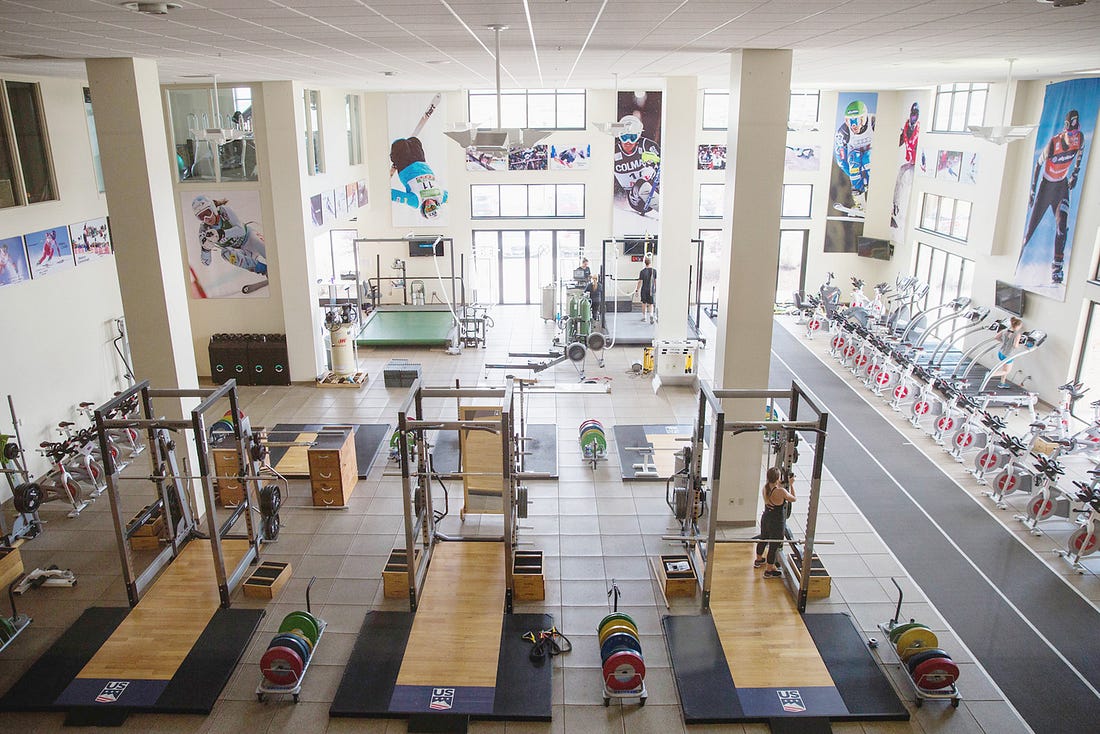
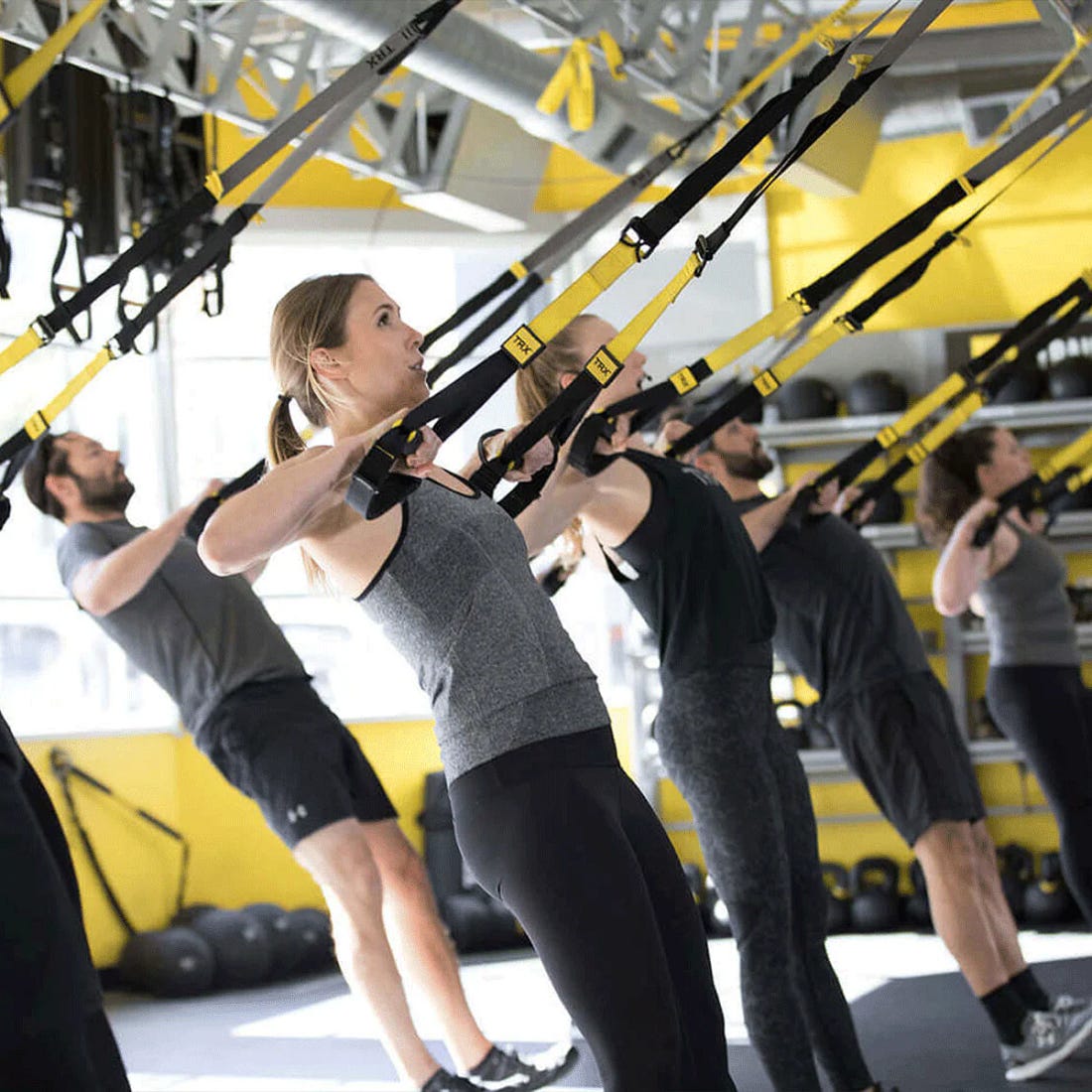
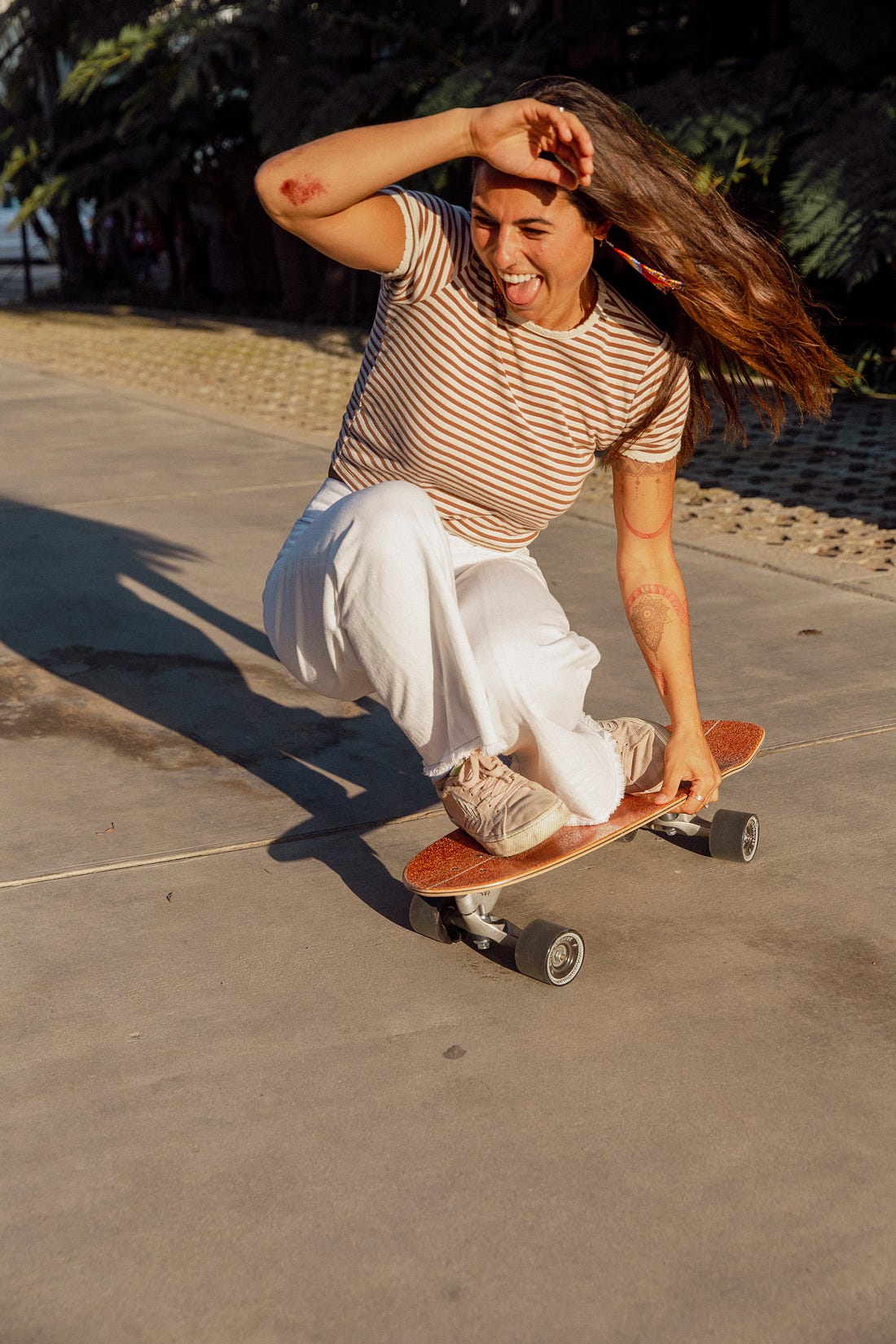
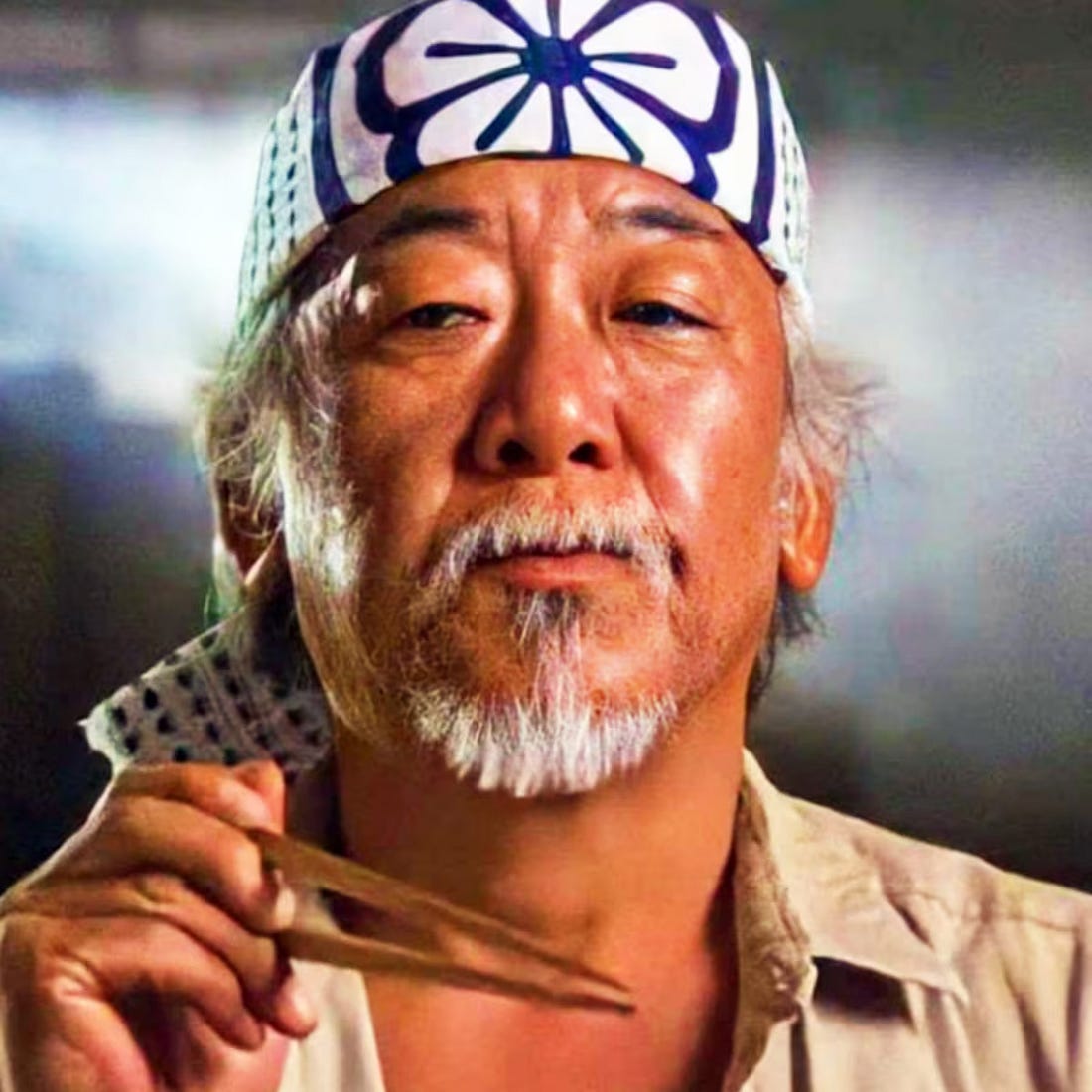
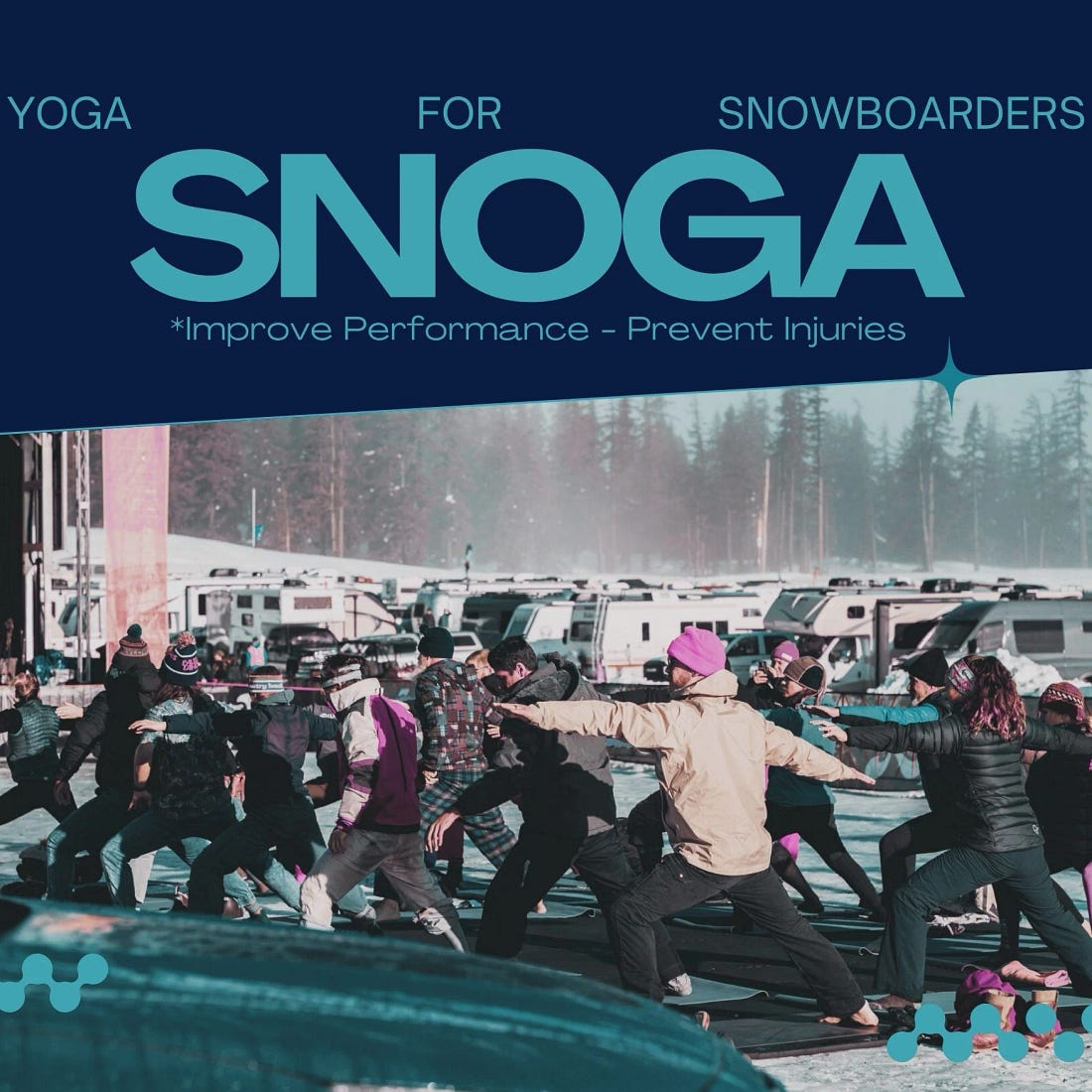
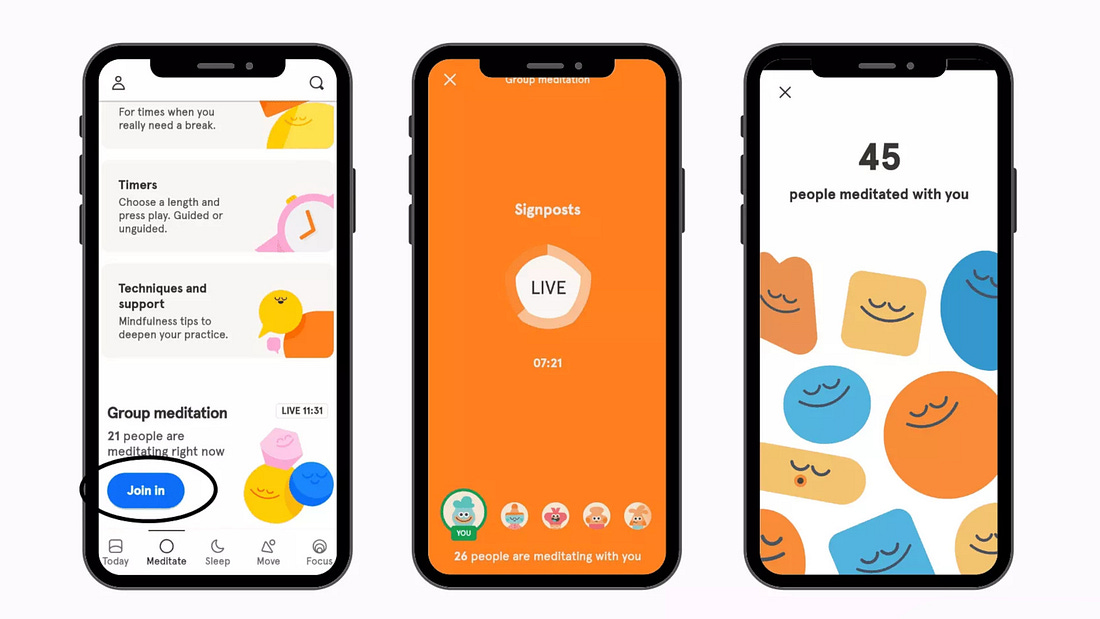
Tidak ada komentar:
Posting Komentar